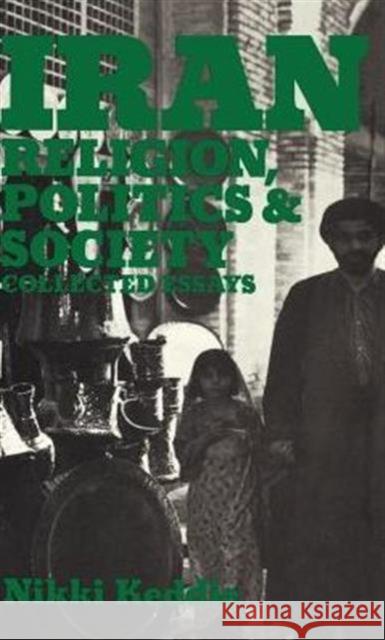Iran: Religion, Politics and Society: Collected Essays » książka
topmenu
Iran: Religion, Politics and Society: Collected Essays
ISBN-13: 9780714631509 / Angielski / Twarda / 1980 / 248 str.
Iran: Religion, Politics and Society: Collected Essays
ISBN-13: 9780714631509 / Angielski / Twarda / 1980 / 248 str.
cena 701,49
(netto: 668,09 VAT: 5%)
Najniższa cena z 30 dni: 654,86
(netto: 668,09 VAT: 5%)
Najniższa cena z 30 dni: 654,86
Termin realizacji zamówienia:
ok. 22 dni roboczych
Bez gwarancji dostawy przed świętami
ok. 22 dni roboczych
Bez gwarancji dostawy przed świętami
Darmowa dostawa!
First Published in 1983. Routledge is an imprint of Taylor & Francis, an informa company.











